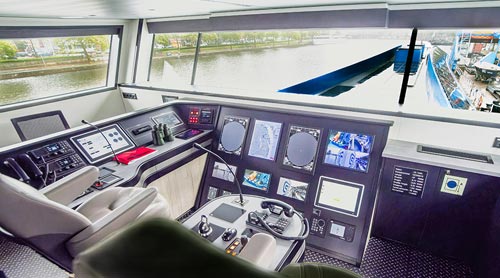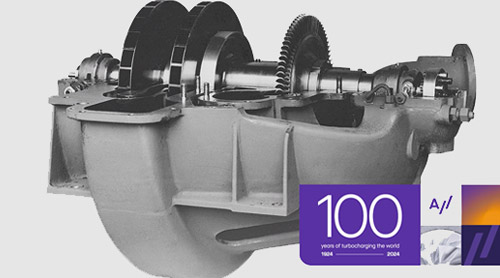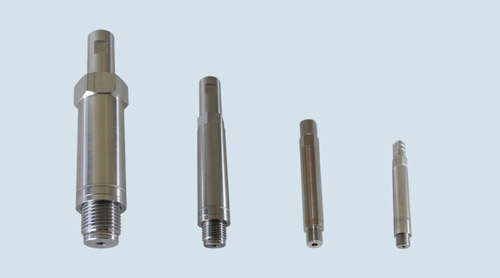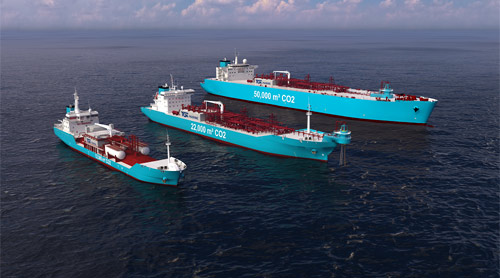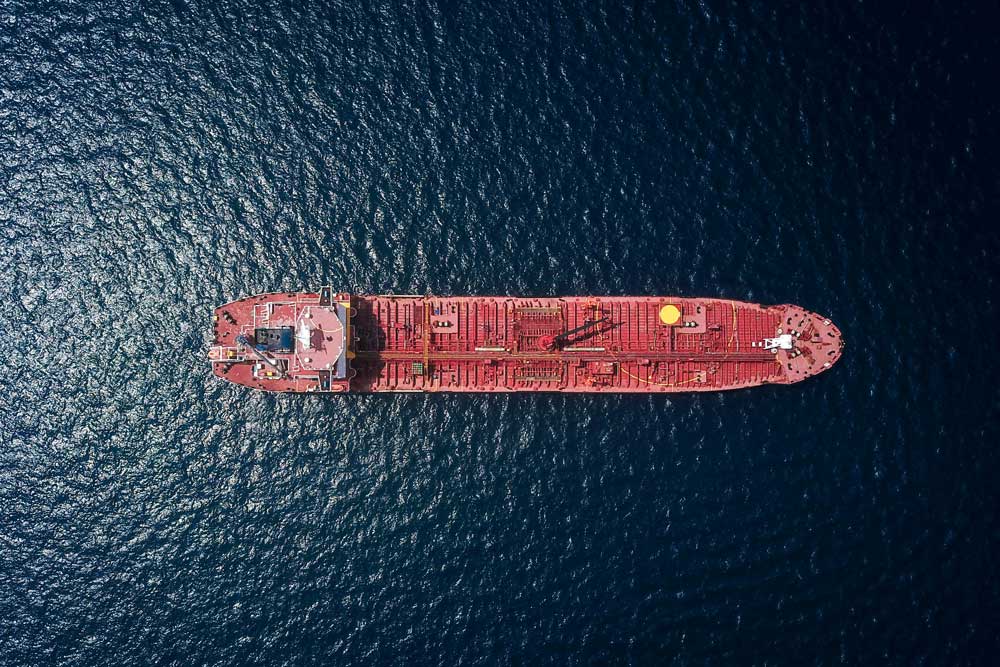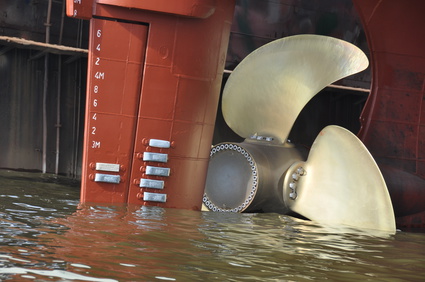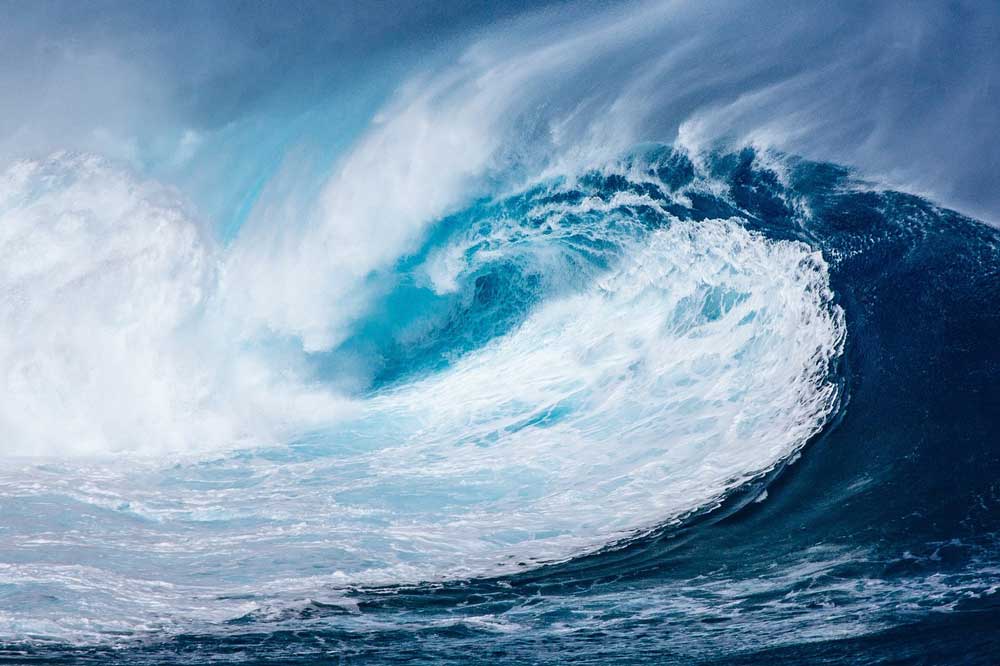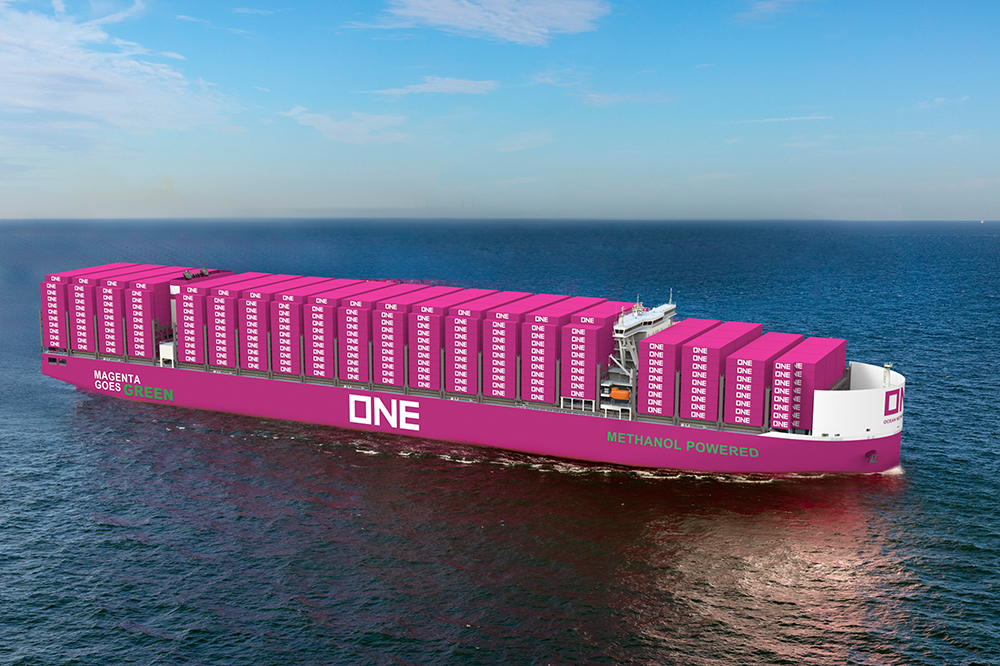A new process enables the production of green hydrogen directly on floating wind turbines and its efficient transportation. There are no costs for grid connection and new infrastructure.
There are many hurdles to the production of green hydrogen with conventional concepts: high costs, expensive and complex new infrastructure such as special ships and pipelines. A new concept has now been presented in Hamburg that does away with all of this. Green hydrogen is produced offshore, bound in a carrier material, shipped to Hamburg and from there transported to the hinterland on inland waterways or via the rail network. [ds_preview]
“Germany needs a secure, affordable green energy infrastructure in order to achieve its own environmental goals and to keep its strong, energy-intensive industry competitive. The seaport of Hamburg, with its existing oil infrastructure, inland waterway and rail network connections, offers the best conditions for supplying Germany with hydrogen,” explained Jens Cruse, Managing Director of the Hamburg-based company Cruse Offshore, at the presentation of the concept at an event organized by the Renewable Energy Hamburg Cluster Agency at the International Maritime Museum Hamburg (IMMH).
No new infrastructure through storage and transportation of hydrogen in LOHC
Cruse, who studied naval architecture, worked for 25 years, mainly for the Blohm+Voss shipyard, in the field of ship design and has now developed a process together with experts from Hamburg University of Technology and Friedrich-Alexander-Universität Erlangen-Nürnberg that will enable green hydrogen to be produced and transported efficiently and, above all, quickly. This will make an important contribution to Germany’s green energy supply, especially for energy-intensive industries that need green hydrogen quickly, easily and in sufficient quantities for their production, explains Cruse.

Conventional methods will not be fast enough. This would require nationwide wind power and photovoltaic plants as well as an expansion of the distribution grids. The new method relies on continuously high wind speeds in offshore areas, which guarantee the highest possible energy yield from wind turbines. These wind conditions and available areas are located off the coasts of Norway, Scotland and Ireland. Floating wind turbines generate the electricity with which an electrolyzer integrated into the turbine produces the hydrogen. It is bound in a carrier liquid (Liquid Organic Hydrogen Carrier (LOHC)), temporarily stored on-site and collected at monthly intervals by conventional shuttle tankers. The bound hydrogen is transported to its destination via industrial ports on the inland waterway or rail network using the oil industry’s existing infrastructure.
Patent pending, test facility in planning
“This is currently the most efficient method of producing and transporting hydrogen from wind energy,” emphasizes Cruse. The floating offshore H2 generators are not connected to a power grid on land. The electricity generated by the wind turbine is mainly used to operate an electrolyzer, while the waste heat from the processes is used for water treatment.
The patent-pending development is being supported by the TU Hamburg in the field of offshore technologies and shipbuilding and by the Friedrich-Alexander University Erlangen-Nuremberg for the storage of hydrogen in the LOHC. All installed components from the suppliers have at least Technology Readiness Level (TRL) 7 for operation on land. Cruse Offshore GmbH has completed TRL 4 for the floater and is planning to build a 5 MW scaled version with components optimized for offshore use, followed by a 15 MW version for gigawatt-scale offshore H2 parks.
The logistics concept reportedly offers the possibility of a “smooth transition from fossil to renewable energy” thanks to the liquid energy carrier LOHC. Numerous computer simulations, wave tank and wind tunnel tests have already predicted a successful proof of concept in just two to three years.
Cruse is courting the city of Hamburg as an entrepreneurial partner for this future-oriented project. “Hamburg would have several entrepreneurial options to secure this green hydrogen for itself, including the promotion of the prototype and an investment or going even further with the idea of building and operating its own offshore hydrogen park in Norway, Scotland or Ireland based on this technology and/or a joint venture with local players,” he said.













